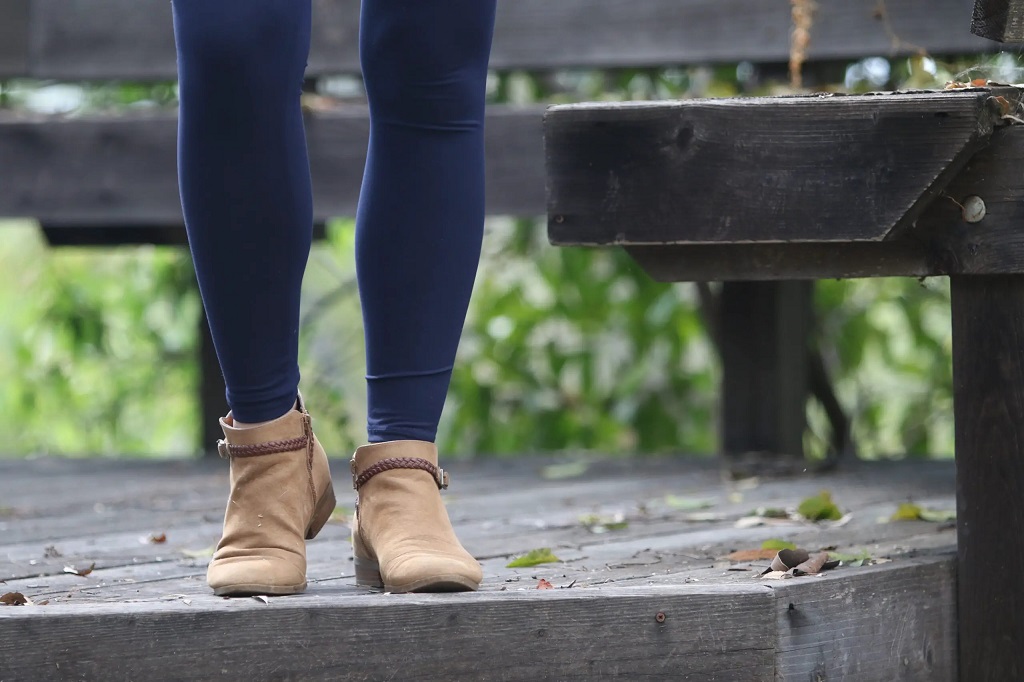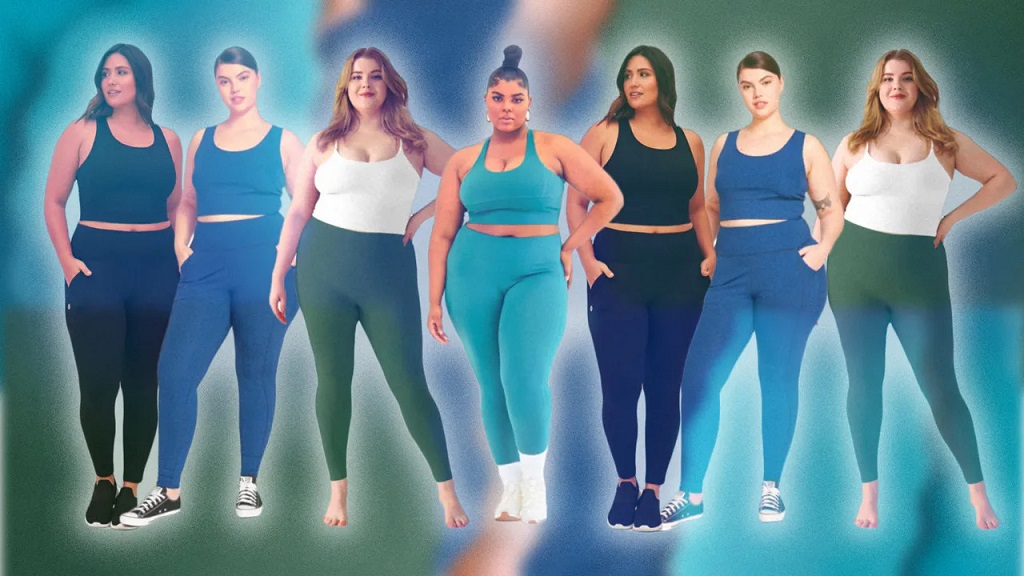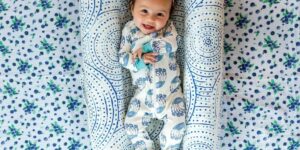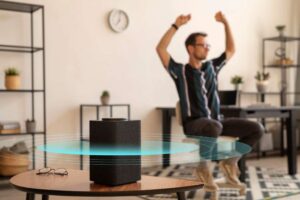Which Colors Fit with Blue? Exploring the Perfect Combinations

Have you ever wondered which colors go well with the timeless classic, blue? Whether you’re decorating a room, choosing an outfit, or designing a website, finding the right color combinations can make all the difference. In this article, we’ll dive into the world of colors and explore how to pair them with blue in a way that creates stunning visuals and evokes the right emotions. From complementary colors to analogous and triadic schemes, let’s discover the art of color harmony! This content is explained by todaydresses.com
Understanding the Color Wheel
Before we delve into specific combinations, let’s grasp the fundamentals of the color wheel. The color wheel is a visual representation of the primary, secondary, and tertiary colors. The primary colors are red, blue, and yellow. When you mix two primary colors, you get secondary colors like green, purple, and orange. Tertiary colors are the result of mixing primary and secondary colors together.
Complementary Colors: Orange and Blue
Complementary colors are opposite each other on the color wheel, creating a vibrant contrast. For blue, its complementary color is orange. Combining blue with shades of orange can produce a striking and energetic effect. For instance, an outfit with blue leggings paired with an orange scarf or tie can make a powerful fashion statement.
Analogous Colors: Blue and Green
Analogous colors are situated next to each other on the color wheel, creating a harmonious blend. Blue’s analogous colors are green and purple. This combination results in a serene and calming ambiance. When decorating a room, consider using shades of blue and green to create a tranquil and refreshing atmosphere.
Triadic Colors: Blue, Red, and Yellow
Triadic color schemes involve using three colors that are evenly spaced on the color wheel. For blue, the triadic combination includes red and yellow. When used together, these colors provide a balanced and lively composition. However, it’s essential to use them in moderation to avoid overwhelming the visual experience.
Monochromatic Colors: Different Shades of Blue
A monochromatic color scheme focuses on variations of a single color. For blue, this means exploring different shades, tints, and tones. Using varying intensities of blue can add depth and sophistication to any design or outfit.
Split Complementary: Blue, Yellow, and Red-Orange
The split-complementary scheme is a variation of the complementary combination. Instead of using the exact complementary color, it uses the two colors adjacent to it. For blue, this would involve yellow and red-orange. This scheme offers a bold and dynamic visual without being as contrasting as the complementary combination.
Accent Colors: Gold and Silver
When seeking to highlight specific elements, consider incorporating accent colors like gold or silver with blue. These metallic hues can add elegance and glamour to any setting, making your design or outfit truly stand out.
Psychological Impact of Colors
Understanding the psychological impact of colors is vital when making color choices. Blue is often associated with tranquility, trust, and stability. By combining it with the right colors, you can enhance or balance these emotions.
Embracing Nature: Blue with Earthy Tones
For a nature-inspired theme, pair blue with earthy tones like brown, beige, or forest green. This combination creates a grounded and organic feel that resonates with the beauty of the outdoors.
Avoiding Color Overload
While experimenting with color combinations can be fun, it’s essential to avoid color overload. Using too many colors at once can lead to a chaotic and overwhelming visual experience. Stick to a few well-chosen colors that complement each other to maintain a sense of harmony.
The Role of Contrast
Contrast is essential in creating visually appealing designs. Pairing dark and light shades of blue can enhance the overall visual impact. Similarly, using blue with white can create a clean and sophisticated look.
Colors for Different Purposes
Consider the purpose and context of your design when choosing colors. For professional settings, combining blue with neutral colors like gray or white can convey a sense of elegance and formality.
Colors and Branding
For businesses, choosing the right colors is crucial in branding. Blue is often used to evoke trust and reliability. When paired with compatible colors, it can strengthen a brand’s identity and message.
Colors in Art and Photography
Exploring color combinations is an essential aspect of art and photography. Learning to use colors effectively can evoke specific emotions and set the tone of a piece.
In conclusion, blue is a versatile and timeless color that can be paired with various hues to create stunning and emotionally resonant combinations, including when it comes to formal pant shirt new style. From complementary and analogous schemes to triadic and monochromatic designs, the possibilities are endless. Understanding the psychology of colors and the art of contrast will help you make informed and impactful choices, allowing you to put together stylish and sophisticated outfits. So go ahead, embrace the world of colors, and let your creativity soar!
FAQs
- What colors should I avoid pairing with blue?
While most colors can work well with blue, it’s best to avoid clashing combinations like red with bright blue, as they might create visual discomfort.
- Can I use multiple color combinations in one design?
Yes, but use them sparingly and ensure they complement each other to maintain harmony.
- How can I make a bold statement with blue?
Pair blue with vibrant and contrasting colors like yellow or red-orange to create a bold and attention-grabbing look.
- Is it okay to use pastel shades with blue?
Absolutely! Pastel shades like baby blue, mint green, or soft pink can create a gentle and charming effect when combined with blue.
- What emotions does blue evoke in interior design?
Blue in interior design evokes a sense of calmness, serenity, and sophistication, making it a popular choice for bedrooms and living spaces.







